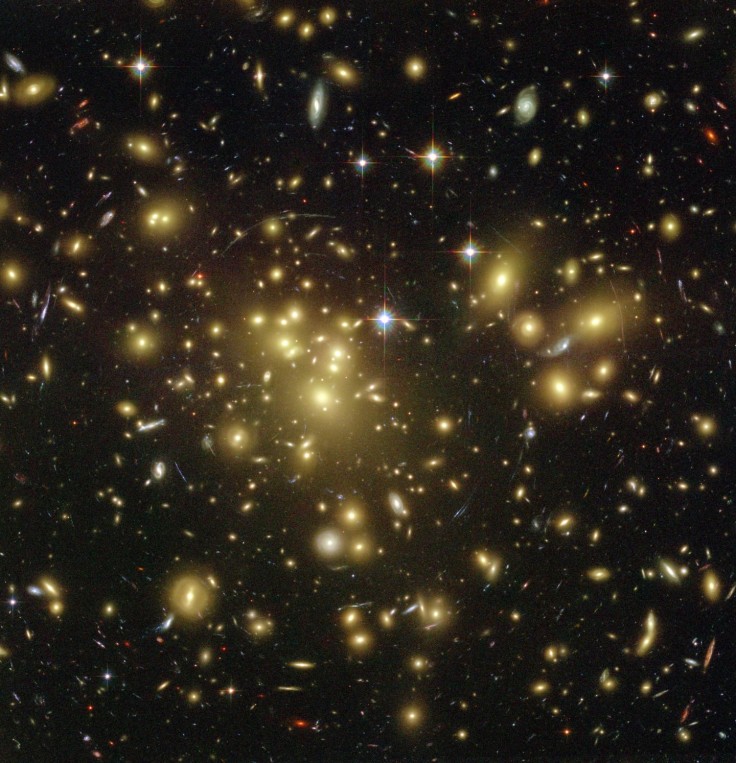The universe is expanding faster than experts expected, and all because of a particular unexplained discrepancy.
NASA scientists recently mentioned a discrepancy in the local universe's current expansion rate compared to that of the distant universe's right after the big bang, per CNN.

How NASA Measures The Universe's Expansion
According to CNN's report, experts have created a "cosmic distance ladder" that can help scientists better estimate the universe's age and "understand its foundations."
To do so, they launched and used the Hubble Space Telescope to measure the distance between the Earth and galaxies. Experts look for galaxies hosting Cepheid stars, which pulsate at rates corresponding to their true brightness and can be compared to their apparent brightness on Earth to determine their distance accurately.
Read More : DOTA 2 The International Tournament 2022 To Be Held in Singapore This October — Here's What You Need To Know
They also look for galaxies that have Type Ia supernovae, which are exploding stars that flare with the same brightness as Cepheid stars and are bright enough to be seen from relatively longer distances, per NASA.
By measuring the distance between the Earth and the galaxies containing Cepheid stars and Type Ia supernovae and comparing them with the expansion of space as measured by the stretching of light from receding galaxies, experts would come up with the value of how fast the universe expands with time.
This value is called the Hubble constant.
NASA's Discrepancy: A Comic Plot Twist
In 2016, the Hubble constant was found to be 45.5 miles per second per megaparsec (a megaparsec is 3.26 million light-years). This value means that the distance between cosmic objects will double in another 9.8 billion years.
In CNN's report, experts found the Hubble constant to be around 73 plus or minus one kilometer per second per megaparsec.
During these measurements, experts have created a "cosmic distance ladder" to help scientists better estimate the universe's age and understand its foundations.
However, experts have found a discrepancy between the universe's current expansion rate and the expansion it should be right after the big bang.
Planck Space Observatory's mission scientists used the observatory's telescope to measure the cosmic microwave background or the leftover radiation from the big bang 13.8 billion years ago.
Mission scientists came up with a Hubble constant of 67.5 plus or minus 0.5 kilometers per second per megaparsec.
The mismatch or discrepancy means that the universe is expanding faster than it should be.
Should e be worried? No.
Scientists don't understand what causes the discrepancy, but they acknowledge that it's weird and that it could require new physics to understand it fully.








